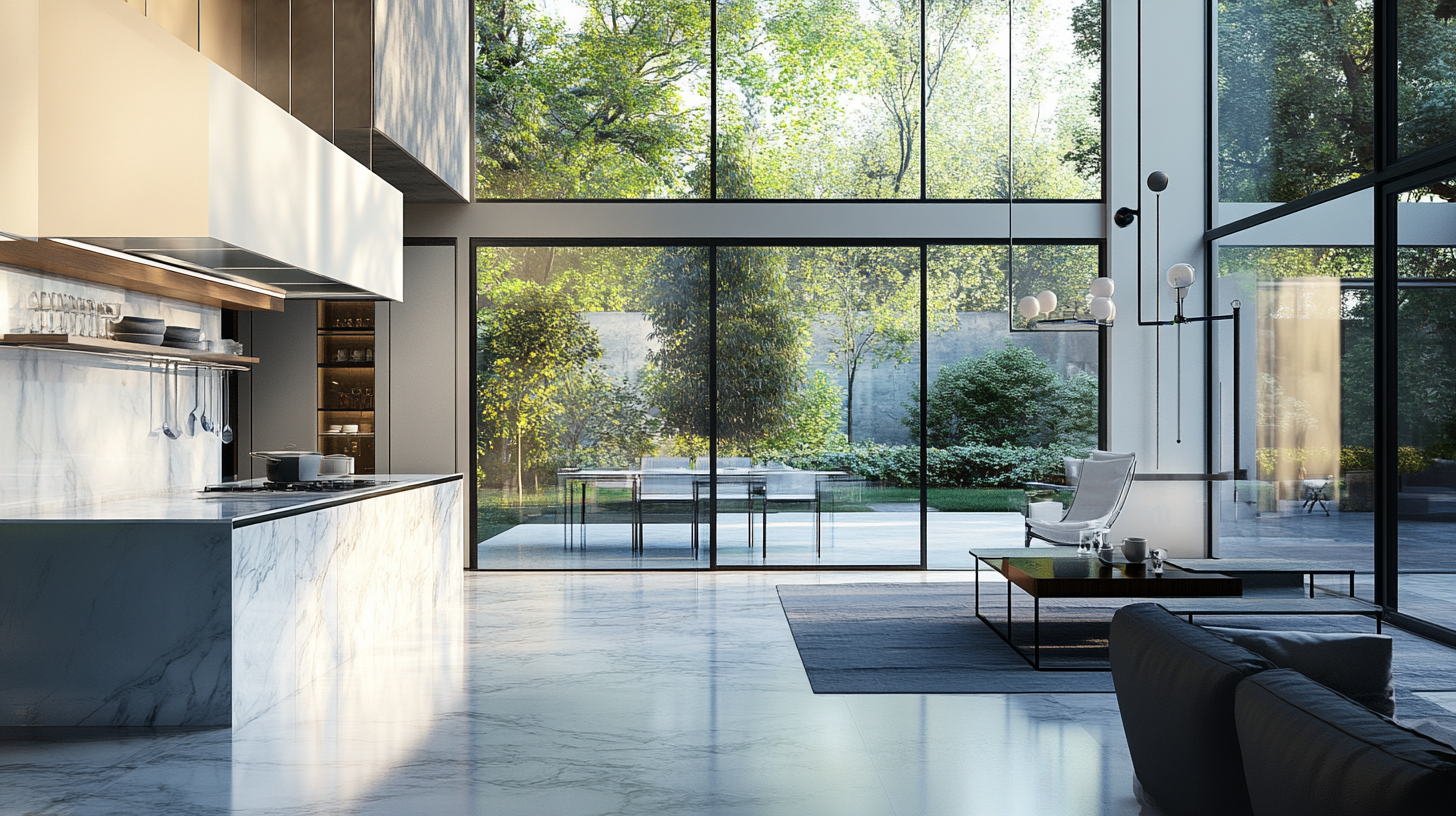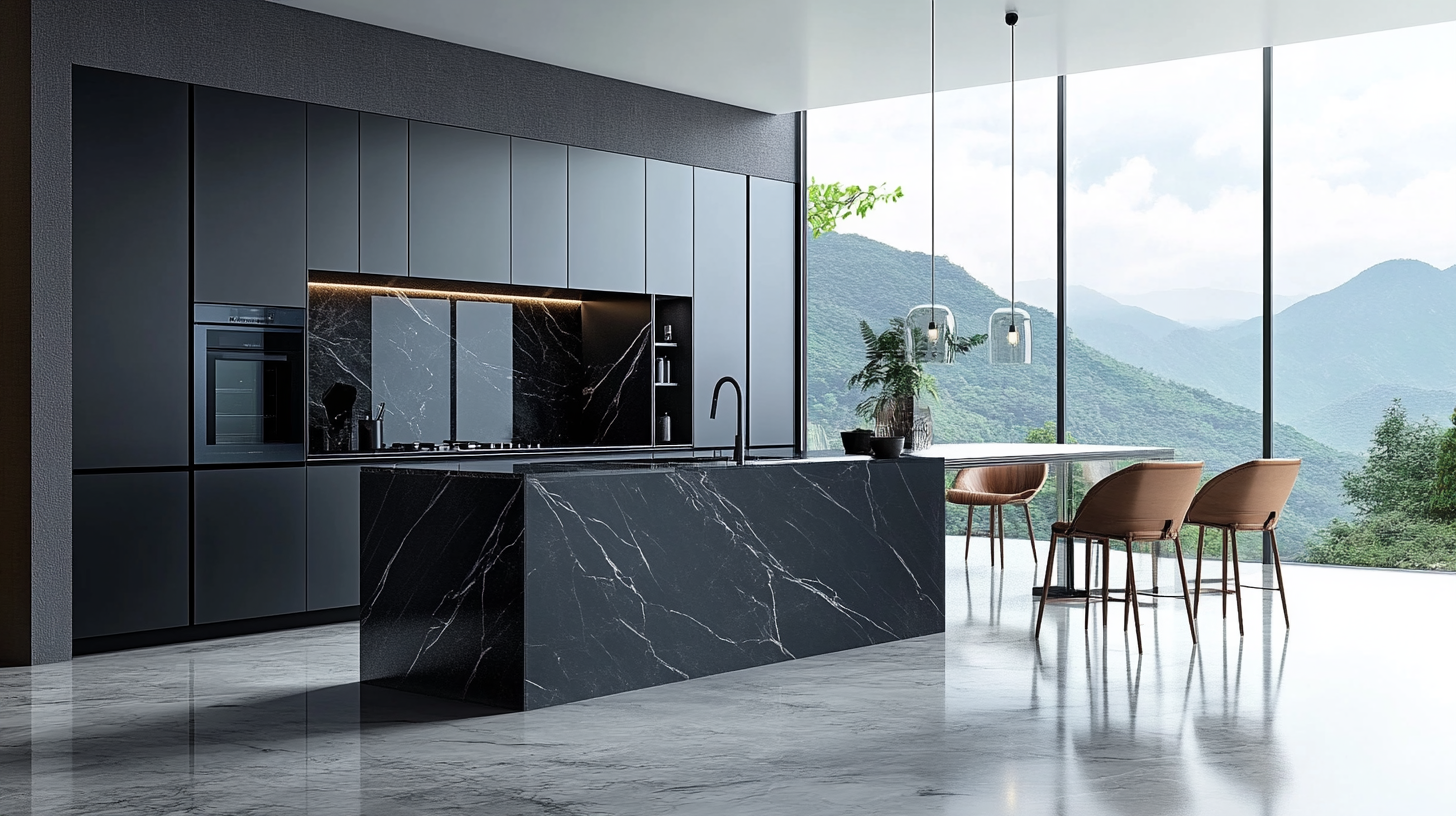
In recent years, the demand for high-quality materials in home appliances has surged, with tempered glass emerging as a crucial component. According to a report by Grand View Research, the global tempered glass market is projected to reach USD 69.61 billion by 2025, reflecting a robust compound annual growth rate (CAGR) of 9.5%. This growth is largely driven by the increasing consumer preference for aesthetically appealing and durable products. Tempered Glass for Home Appliance offers not only enhanced safety and durability but also contributes to energy efficiency and sustainability. As manufacturers seek to elevate their products to meet global standards, Chinese suppliers are leading the charge by providing innovative tempered glass solutions that combine quality with advanced technology. This blog will explore the significance of high-quality tempered glass in home appliances and share valuable tips for manufacturers seeking to enhance their product offerings in a competitive market.

The use of quality tempered glass in home appliances has become increasingly popular due to its numerous advantages in terms of durability and safety. Unlike regular glass, tempered glass undergoes a rigorous heating and cooling process that enhances its strength, making it resistant to breakage. This is particularly crucial in household environments where appliances are frequently used and may be exposed to high temperatures or sudden impacts. The superior strength of tempered glass ensures that appliances can withstand the wear and tear of daily use, ultimately leading to a longer lifespan and reduced need for replacements.
In addition to its durability, quality tempered glass also plays a vital role in ensuring safety in the kitchen and other areas of the home. In the event of accidental breakage, tempered glass shatters into small, blunt pieces rather than sharp shards, significantly minimizing the risk of injury. This safety feature is especially important in appliances like stovetops and refrigerators, where glass components are commonly found. By incorporating tempered glass into home appliance designs, manufacturers not only enhance their products’ aesthetic appeal but also prioritize the well-being of consumers, aligning with global safety standards.
Tempered glass appliances are increasingly becoming the hallmark of modern kitchens, offering not only aesthetic appeal but also practical benefits. As home appliances evolve to meet global standards, tempered glass plays a crucial role in enhancing functionality and style. One of the key advantages of tempered glass is its durability; compared to traditional glass, it is less likely to shatter and can withstand higher temperatures, making it ideal for environments like kitchens. A recent industry report indicates that incorporating quality tempered glass can increase the lifespan of kitchen appliances by up to 30%.
When it comes to maintenance, the cost-effectiveness of tempered glass cannot be overstated. Regular cleaning with non-abrasive solutions ensures that these surfaces remain scratch-free, preserving their elegant appearance. Tips for maintaining tempered glass appliances include avoiding harsh chemicals that can damage the surface and using microfiber cloths to prevent scratches. Additionally, homeowners should regularly check for any chips or cracks; addressing these early can prevent further damage and costly repairs.
Investing in tempered glass for your kitchen not only elevates its aesthetic but also simplifies maintenance and enhances durability. The market shows a growing trend towards appliances featuring this material, indicating a shift toward smarter, more resilient household solutions.
In today's highly competitive market, delivering exceptional customer service is essential for businesses aiming to elevate their brand. After-sales support plays a pivotal role in enhancing the user experience, as highlighted by recent advancements in service excellence programs. Companies that prioritize customer-centric service models tend to foster stronger loyalty and satisfaction among their clientele. For instance, implementing comprehensive training programs can empower employees to provide personalized support, thereby improving the overall customer journey.
As organizations increasingly recognize the importance of customer engagement, innovative solutions like generative AI are poised to transform the way businesses interact with consumers. These AI-enabled tools can streamline communication and offer tailored experiences, making it easier for brands to meet and exceed customer expectations. In this evolving landscape, a commitment to service excellence not only differentiates businesses from their competitors but also solidifies long-lasting relationships with customers.

When selecting the right tempered glass for home appliances, it’s essential to consider both quality and compatibility. First, examine the certification of the glass. Globally recognized standards like ANSI Z97.1 or EN 12150 ensure that the tempered glass can withstand impact and thermal stress. Opting for glass that meets these certifications guarantees enhanced safety and durability, which is crucial for household items like oven doors or shower enclosures.
Another vital aspect to consider is the thickness of the tempered glass. Generally, thicker glass is more robust and can resist shattering more effectively. Common thickness options range from 4mm to 12mm. For heavier appliances, such as stovetops or display cases, investing in thicker glass not only elevates safety but also adds a premium feel to your home devices. Lastly, look for suppliers that provide customization options to ensure the glass fits your specific appliance design perfectly, enhancing both aesthetics and functionality.
| Dimension | Measurement | Usage | Durability | Safety Certification |
|---|---|---|---|---|
| Thickness | 4-12 mm | Stove Tops, Shower Doors | High Impact Resistance | ISO 9001, EN 12150 |
| Color | Clear, Frosted, Tinted | Furniture, Windows | Scratch Resistance | TUV, CE |
| Size Options | Customized | Appliance Screens, Tables | Thermal Shock Resistance | ANSI Z97.1, AS/NZS 2208 |
| Coating | Anti-Reflective, UV Protection | Display Cases, Backlit Panels | Long-Term Stability | GB, JIS |
The integration of high-quality tempered glass into home appliances has notably enhanced their longevity and performance metrics. According to a report by Allied Market Research, the global tempered glass market is projected to reach $79.3 billion by 2027, driven largely by the rising demand for durable and aesthetically pleasing home appliances. Appliances featuring tempered glass have been shown to resist thermal shock 4 to 5 times better than standard glass, significantly reducing the risk of breakage and ensuring a longer service life.

Furthermore, the implementation of upgraded glass not only improves safety but enhances the overall user experience. A study by the American Society of Home Appliance Manufacturers revealed that appliances equipped with high-quality tempered glass maintain optimal performance and efficiency rates up to 15% higher than their counterparts using traditional materials. This improvement in durability means that consumers can rely on their appliances to perform consistently over time, reducing the frequency of repairs and replacements. The shift towards adopting advanced materials like tempered glass is pivotal for manufacturers aiming to meet global standards while appealing to an increasingly quality-conscious market.